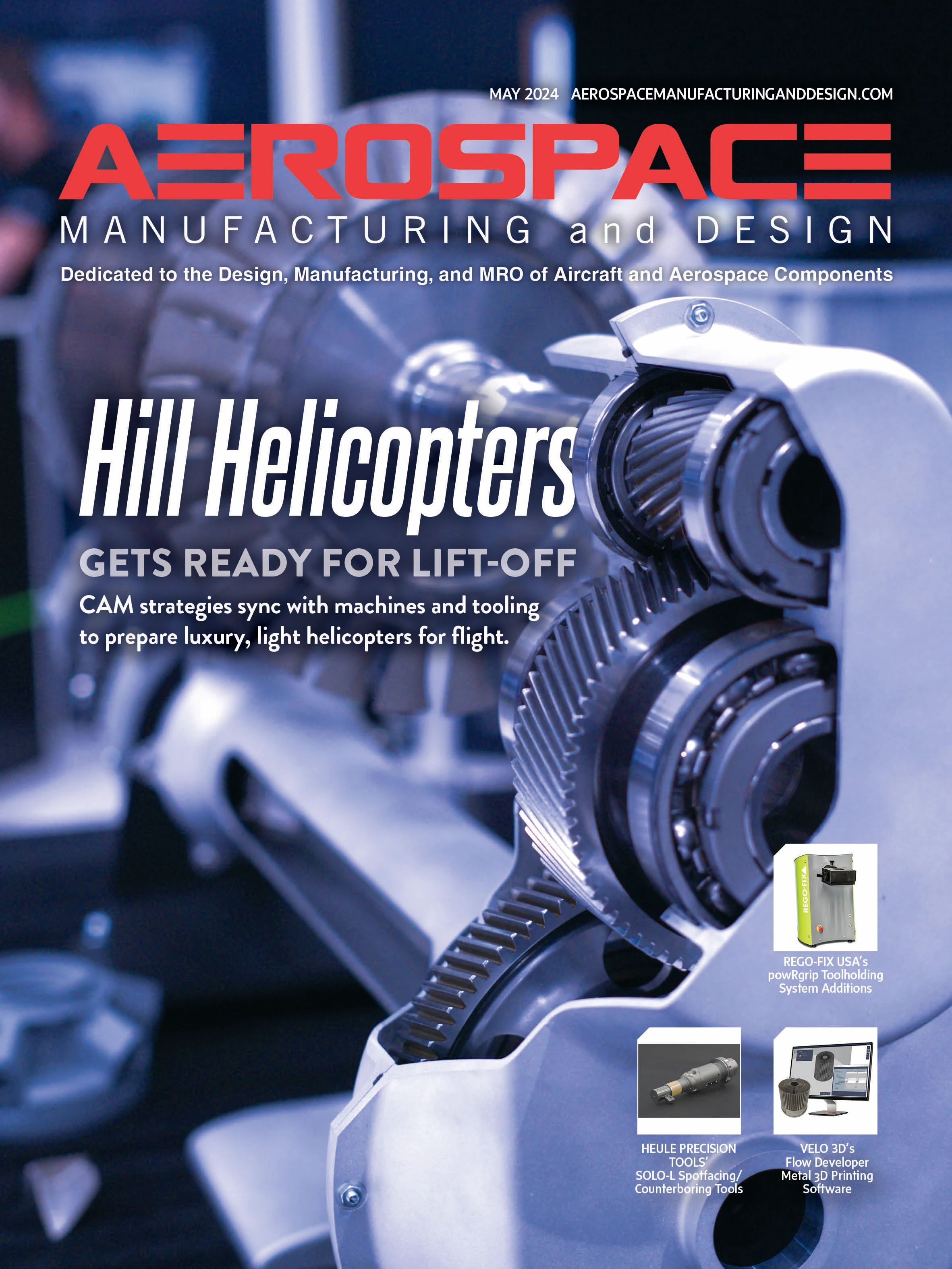
The fourth quarter of 2023 capped a challenging year for additive manufacturing (AM) markets, according to Additive Manufacturing Research (AM Research). Even amidst a rebound in general market sentiment, the growth rate for 3D printing (3DP) hardware, materials, software and services is estimated to be $14.7 billion for 2023 compared to 2022.
The AM metals segment outpaced polymers with nearly 15% growth compared to just more than 10% for polymers. The AM services market totaled $6.7 billion, growth nearly in line with the total AM industry. AM hardware revenues in the fourth quarter grew less than 1% compared to the same quarter in 2022, largely reflected publicly in many earnings reports, while annually hardware revenues across metals and polymers grew just under 6% in 2023 vs 2022.
“An abnormal, up-and-down year for the AM market ended about the same as it began – shifting trends in system purchasing making a lot of headlines and depressing revenue growth,” says Scott Dunham, EVP, AM Research. “There exists an appetite for AM technology that’s likely to break loose in the near term, driven by a combination of government spending and maturity in key markets. We expect a return to normal historical growth levels this year. Longer term, AM is still the technology to watch for manufacturing evolution.”
Endeavor 3D names Janet Dickinson COO

Endeavor 3D announced Janet Dickinson as chief operations officer (COO). Dickinson will be responsible for managing Endeavor 3D’s advanced polymer and metal additive manufacturing (AM) and quality control operations. Previously responsible for commercial strategy at Endeavor 3D, Dickinson now oversees technology integration and continuous improvement with support from founder and CEO Phil Arnold.
Dickinson brings more than 30 years high-mix, high-volume manufacturing experience to the AM industry. Prior to Endeavor 3D, Dickinson served as operational manager with Arnold at his international construction products company, overseeing manufacturing, supply chain, IT, accounting, HR, safety, and compliance.
3D printed engine flies for first time

Ursa Major’s Hadley engine flew for the first time powering Stratolaunch’s Talon-A1 (TA-1) testbed during a test over the Pacific Ocean.
The test, which reached high supersonic speeds approaching Mach 5, marks the first step toward flight of a hypersonic vehicle developed by a private company.
The flight test marks a major milestone for Ursa Major, which designed, built, and flew Hadley in less than a decade.
Hadley is a 5,000 lb-thrust (lbf) liquid oxygen and kerosene, oxygen-rich staged combustion cycle rocket engine for small vehicles. Customers can use Hadley to launch small payloads into orbit or hypersonic platforms.
Ursa Major uses 3D printing (3DP) to speed the manufacturing process and build engines in a matter of days.
Get curated news on YOUR industry.
Enter your email to receive our newsletters.
Explore the May 2024 Issue
Check out more from this issue and find your next story to read.
Latest from Aerospace Manufacturing and Design
- NASA-supported technology outfits Venus Aerospace hypersonic engine
- To the Smoothest Surfaces, Finishes, and Beyond | Okuma GA26W
- Extraordinary Starts Where Limits End | Okuma
- Satair, Champion Aerospace sign multi-year distribution agreement
- EMUGE-FRANKEN USA expands N. American solid carbide drill program
- AURA AERO unveils INTEGRAL R to the US market
- Creform Tite-Space AGV fleet
- Cyient Group, Deutsche Aircraft finalize multi-year contract






